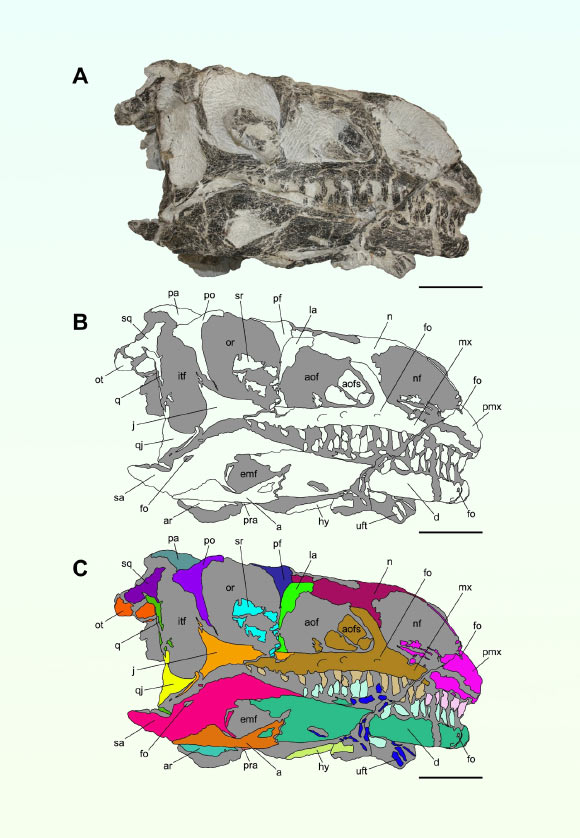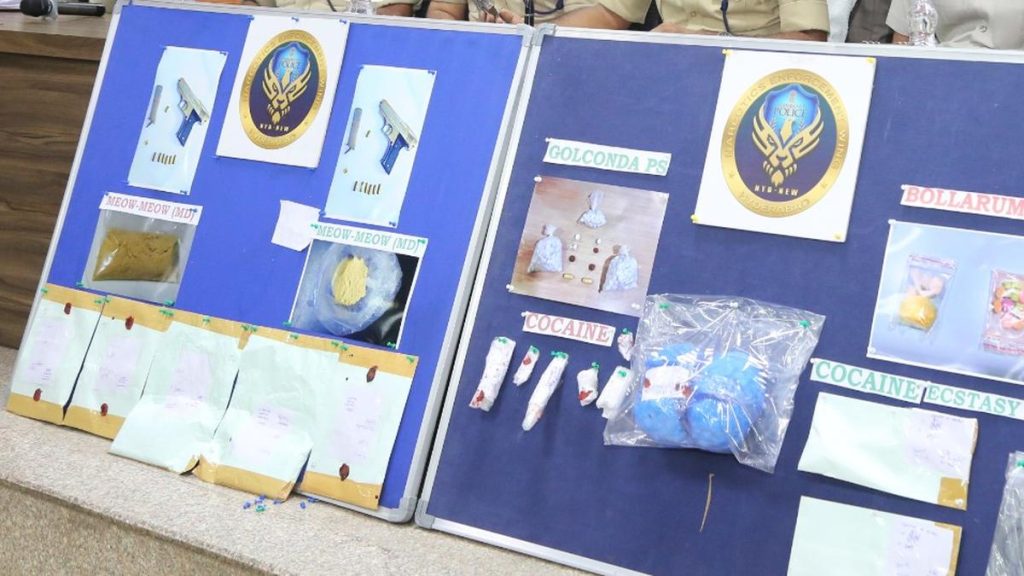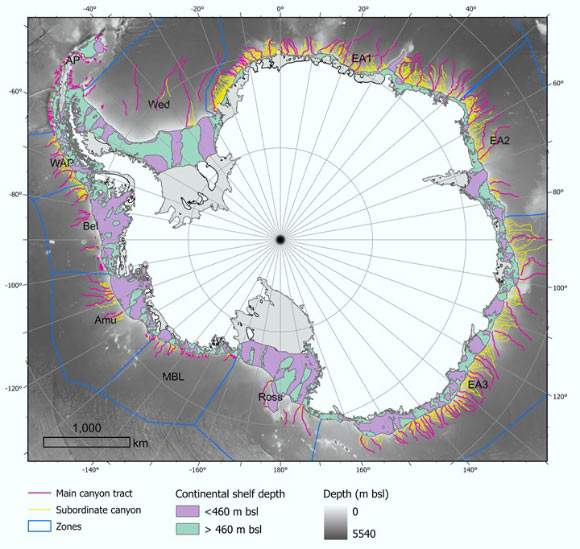Now Reading: Triassic Dinosaur Fossil Unearthed in Switzerland
-
01
Triassic Dinosaur Fossil Unearthed in Switzerland
Triassic Dinosaur Fossil Unearthed in Switzerland

Swift Summary
- Paleontologists have discovered a new species of massopodan sauropodomorph dinosaur in the Klettgau Formation, Canton Aargau, Switzerland.
- The fossil dates back 206 million years to the Norian age of the Late Triassic epoch.
- The skeleton was unearthed in 2013 within the Gruhalde Quarry’s fossiliferous strata.
- This is the first non-Plateosaurus sauropodomorph found in Canton Aargau and adds to discoveries of Late Triassic sauropodomorphs in switzerland.
- Research reveals unique craniomandibular anatomy blending characteristics of both plateosaurians and massopodans,comparable to coloradisaurus brevis from Argentina.
- The specimen supports hypotheses suggesting evolutionary links between European origins and Early Jurassic Asian massopodans during the Late Triassic period.
- Finding broadens understanding of paleobiodiversity and morphological variance among Norian sauropodomorphs across Laurasia (Northern supercontinent).
Image Description: Articulated skull of newly discovered dinosaur (scale bars: 5 cm). Courtesy: lania et al., Swiss Journal Palaeontology.
Indian Opinion Analysis
The discovery highlights vital evolutionary insights that resonate globally,including for researchers based in India studying prehistoric life and biogeographic dispersion patterns during ancient epochs like Gondwana’s dominance. India’s fossil records from similar periods – particularly dinosaur remains found in Gujarat or Madhya Pradesh – suggest that paleontological cooperation with global teams can enrich comparative studies about transitions between ecosystems across continents.
This particular find underscores how interconnected paleoecosystems were even back to eras spanning millions of years prior; it shows shared biodiversity traits between northern continents like Laurasia with southern regions such as Gondwana (including India).By focusing on nuanced anatomical details – as demonstrated here through rigorous osteological analysis – Indian paleontologists could apply similar methodologies towards unlocking hidden aspects within their own fossil archives for deeper cross-regional connections regarding life forms that survived or evolved through continental shifts.
Read more: Link




























